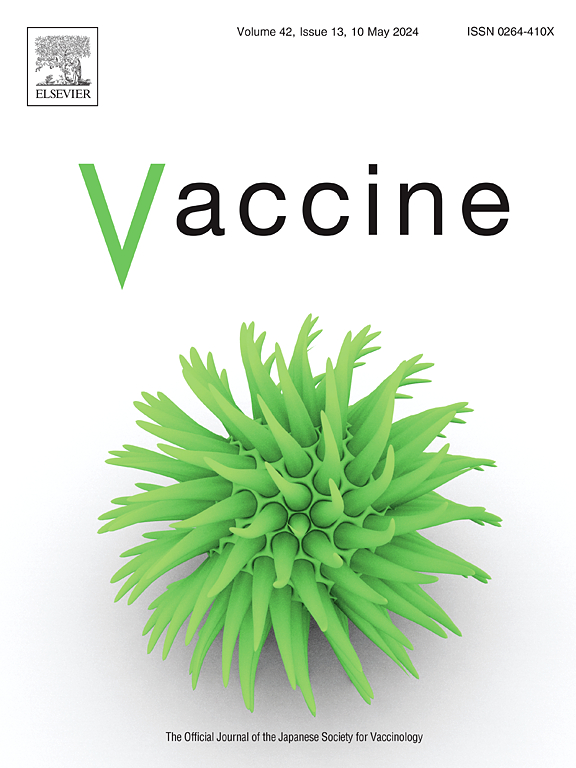Sow vaccination with a novel recombinant protein vaccine protects piglets against Streptococcus suis infection
IF 4.5
3区 医学
Q2 IMMUNOLOGY
引用次数: 0
Abstract
Streptococcus suis is a severe zoonotic pathogen affecting weaned piglets. No commercial vaccine that provides protection against S. suis is available. A prototype vaccine, tentatively called VASIP (Vaccine Against Streptococcus suis Infection in Pigs), composed of five recombinant fusion proteins, encompassing 23 different protein domains, was used in this study. Pregnant sows were vaccinated on three occasions, at 68, 47 and 19 days prior to farrowing, resulting in high antibody levels, both in sera and in colostrum. Antibodies were transferred to the litter via colostrum. The litters from VASIP-vaccinated and placebo-vaccinated sows were challenged intravenously with S. suis at four or seven weeks of age in two different arms of the study. Body temperature and clinical signs (demeanour, behavioural CNS, and mobility) of infection showed that piglets from vaccinated sows were significantly protected against S. suis infection in the 4-week-old group and that the incidence of severe clinical signs was lower in the 7-week-old group compared with piglets from placebo sows. The study demonstrates the feasibility of vaccinating sows, rather than piglets, using recombinant fusion proteins to maximise protection against S. suis during the period in which they are most at risk of disease.
求助全文
约1分钟内获得全文
求助全文
来源期刊

Vaccine
医学-免疫学
CiteScore
8.70
自引率
5.50%
发文量
992
审稿时长
131 days
期刊介绍:
Vaccine is unique in publishing the highest quality science across all disciplines relevant to the field of vaccinology - all original article submissions across basic and clinical research, vaccine manufacturing, history, public policy, behavioral science and ethics, social sciences, safety, and many other related areas are welcomed. The submission categories as given in the Guide for Authors indicate where we receive the most papers. Papers outside these major areas are also welcome and authors are encouraged to contact us with specific questions.
 求助内容:
求助内容: 应助结果提醒方式:
应助结果提醒方式:


